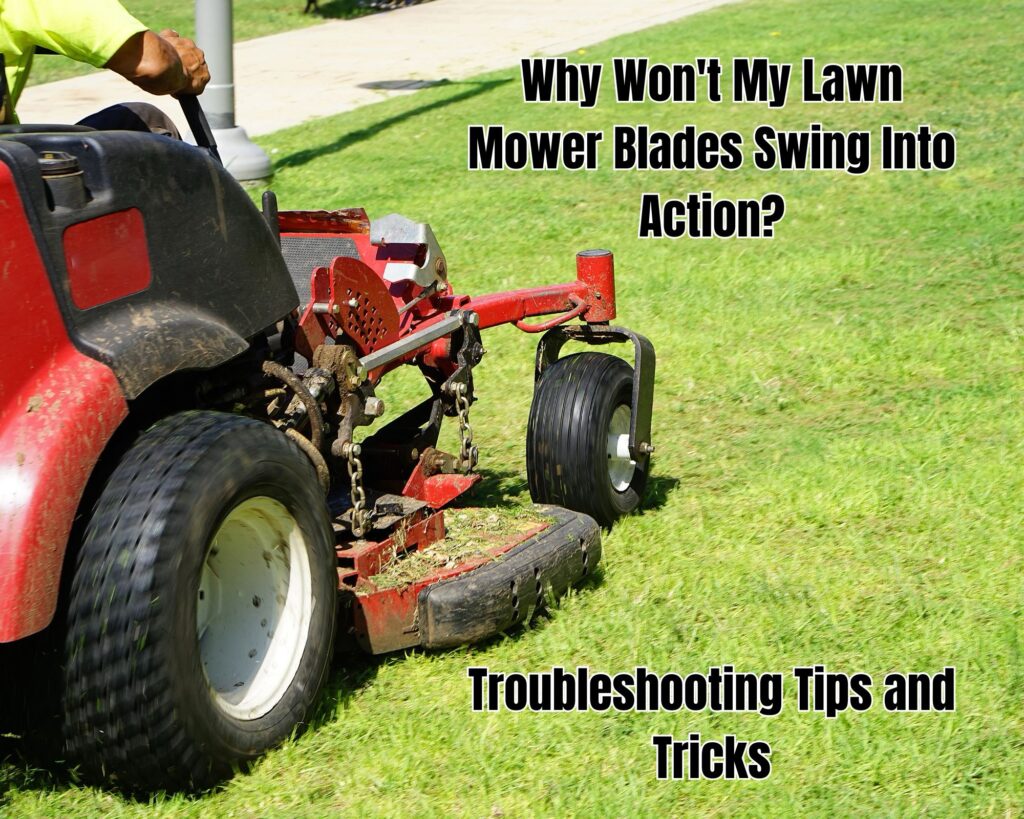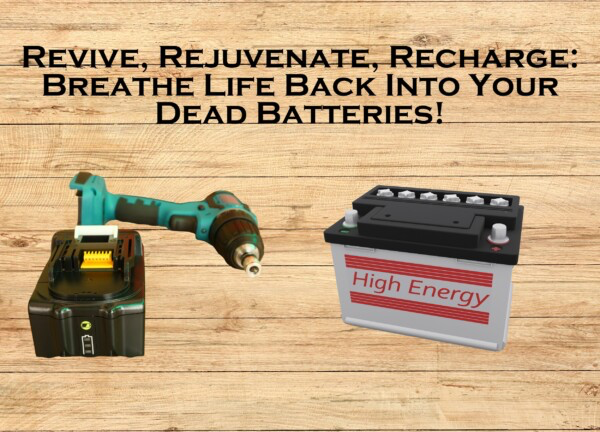
What’s Up with My Lawn Mower Blades?
Ever found yourself pacing back and forth in your yard, glaring at your lawn mower like it just told the worst dad joke? Yeah, we’ve all been there. One minute it’s slicing through grass like a hot knife through butter, and the next, it’s just rolling around doing its best impression of a useless metal lump. When your mower blades refuse to engage, it’s not just frustrating—it’s a call to arms (or at least to tools).
The culprit behind this grassy standstill often lies in the realm of the mysterious electric PTO clutch and the lawn mower’s electrical system. Think of the PTO clutch as the unsung hero of your lawn mowing saga. When it works, glorious blade spinning action ensues and your grass is trimmed to perfection. But when it falters, it’s like someone pressed pause on your lawn’s upkeep.
So, why is this electric PTO clutch so vital? Well, it’s the bridge between the engine’s roaring power and the blades that cut the grass. No clutch action, no blade action—and no picturesque lawn to make your neighbors green with envy. And let’s not forget the electrical system, which includes your lawn mower’s battery. It’s the juice that keeps the party going. If it’s not up to par, the whole system feels it.
In this article, we’re going to dive deep into the mechanics of what makes your mower’s blades go ’round. We’ll troubleshoot common issues, explore the electric PTO clutch, diagnose battery problems, and provide some fail-safe tips to get your mower back in action. Ready to stop those blades from taking a nap on your time? Let’s get started!

What’s an Electric PTO Clutch, and Why Should I Care?
Alright, let’s break it down. PTO stands for Power Take-Off, and it’s crucial in the world of lawn mowers. The electric PTO clutch is essentially your lawn mower’s on-off switch for the blades. When you hit that switch, it’s supposed to send a signal that screams, “Let’s get these blades moving!” But when there’s a hiccup in the system, it’s more like whispering, “Eh, maybe later?”
The clutch operates using a simple yet slick mechanism powered by the mower’s battery. It engages a belt system that connects to the blades, allowing them to spin at high speeds and cut grass effectively. This means your mower’s battery needs to pack enough punch to power up the clutch. If the battery is more of a lightweight, you might find the clutch struggling to engage, leaving your blades idle and your grass unkempt.
Why You Need a Strong Battery
Think of the battery as the heart of your mower’s electrical system. If the heart isn’t strong, the rest of the system suffers. A robust battery ensures that when you command those blades to engage, the response is immediate and powerful. Without sufficient power, your electric PTO clutch won’t receive the full voltage it needs to operate, leading to lackluster blade performance or none at all.
Ensuring your mower’s battery is in top shape isn’t just about getting the blades to spin; it’s about maintaining the overall health of your mower. A weak battery can lead to a domino effect, where the electrical load increases on other components, potentially shortening the life of your mower. So, investing time in checking and maintaining your battery isn’t just maintenance; it’s saving the future of your lawn and your wallet.
Next, we’ll explore how a weak battery can specifically impact your mower’s blade engagement, and trust me, it’s more thrilling than watching grass grow—because at least something’s happening!

Could a Weak Battery Be My Lawn Mower’s Downfall?
So, you’ve been nurturing your lawn with the dedication of a gourmet chef perfecting a soufflé, but suddenly your lawn mower acts like it’s forgotten its one job. Could the battery really throw a wrench in your well-oiled lawn maintenance plan? Absolutely, and here’s how a faltering battery can be the silent saboteur of blade engagement.
The Impact of a Weak Battery
A battery doesn’t need to be dead to cause drama; it just needs to lack the juice to do its job effectively. When the battery underperforms, it doesn’t provide enough voltage to the electric PTO clutch. This means the clutch doesn’t fully engage, so the blades either don’t move at all, or they engage sporadically, much like your teenage son doing his chores—when he feels like it.
Connecting the Dots
Imagine trying to use your favorite power drill with a half-dead battery. Frustrating, right? Similarly, a weak lawn mower battery means you’re not getting the power needed where it counts. This not only affects performance but can also wear down other components as they try to compensate for the lack of power, leading to more frequent repairs and a less reliable mower.
To check if your battery is the culprit, you can perform a simple voltage test using a multimeter. If the reading is below par, it might be time for a battery update. Speaking of updates, just as you’d learn easy DIY home tricks to improve your living space, taking the time to understand and maintain your mower’s battery can keep your lawn looking pristine without unexpected interruptions.
Next, we’ll dive into the telltale signs that your mower’s blade engagement might be suffering because of a weak battery or other gremlins in the system. It’s about catching those red flags early and steering clear of a lawn disaster.

What Are the Telltale Signs of Blade Engagement Issues?
Just like how a squeaky wheel gets the grease, a lawn mower that’s acting up needs a bit of detective work. If you’ve been scratching your head wondering if your mower’s issues are just a fluke or a sign of a deeper problem, here are some unmistakable clues that your blade engagement is in jeopardy.
Recognizing the Red Flags
- Blades Won’t Engage: It’s pretty straightforward—if you hit the switch and the blades don’t spin, Houston, we have a problem. It’s the clearest signal that something’s amiss in the electrical pathway or with the PTO clutch itself.
- Inconsistent Engagement: Do your blades start and stop like a suspense thriller with too many plot twists? Inconsistent blade action can be as frustrating as a cliffhanger without a sequel. This usually points to intermittent electrical issues, potentially with a weak battery.
- Unusual Noises: When engaging the blades, if your mower sounds like it’s trying out for a role in a horror movie, it’s worth investigating. Grinding or screeching can indicate that the PTO clutch is struggling to engage over insufficient power or mechanical wear.
Why Prompt Action is Crucial
Ignoring these symptoms can turn a small issue into a season finale you didn’t sign up for. Blades that don’t engage properly not only leave your lawn looking uneven, but they can also strain your mower’s engine and electrical system. It’s like forcing an athlete to run with shoes that don’t fit—it doesn’t end well.
To avoid turning your lawn care routine into a saga of repairs, it’s essential to address these signs swiftly. Just like you wouldn’t ignore a leaking pipe after you’ve mastered DIY plumbing repairs, don’t let mower issues slide. The sooner you diagnose and fix the problem, the smoother your mowing experience will be.
Now that we’ve covered the warning signs, it’s time to roll up our sleeves and dive into some hands-on troubleshooting. Next, we’ll go through a step-by-step guide to help you pinpoint and resolve these blade engagement issues. It’s about getting those blades back in action and restoring peace to your lawn care routine.

How Do I Fix This? A Step-by-Step Troubleshooting Guide
When your lawn mower decides to go on strike right when you’re ready to tackle that overgrown jungle, it’s time to channel your inner mechanic and get to work. Here’s a hands-on guide to troubleshooting those pesky blade engagement issues that can take your lawn from shabby to chic with a little elbow grease.
Step-by-Step Troubleshooting
- Check the Battery: Start with the heart of the operation. A weak battery is often the root of the problem. Use a multimeter to test the battery’s voltage. If it’s not up to snuff, consider rejuvenating your battery with some smart tips from this guide on how to revive your power tools’ batteries. Just like your power tools, a robust battery can bring your mower back to life!
- Inspect the Electric PTO Clutch: Visually and physically examine the PTO clutch for any wear, damage, or electrical wire issues. A worn-out clutch won’t engage properly and could be the silent culprit behind your mower’s lethargy.
- Verify Electrical Connections: Ensure all wires and connections are tight and corrosion-free. Loose or corroded connections can disrupt the electrical flow, causing erratic blade behavior.
- Test the Safety Switches: Lawn mowers have safety switches designed to prevent the mower from operating under unsafe conditions. If these switches malfunction, they can prevent the blade from engaging. Check each switch to make sure they’re functioning correctly.
Maintenance Tips to Keep in Mind
- Regular Battery Checks: Just like you’d check the oil in your car, regularly testing your mower’s battery can prevent a multitude of problems. Keep it charged and clean, free from corrosion.
- Clutch Care: Treat your PTO clutch with respect. Keeping it clean from debris and checking its operation can extend its life and improve its performance.
- Wire Maintenance: Regularly inspect wiring for signs of wear or damage. Replace any suspect wires or connections to avoid future disruptions.
Addressing these components systematically can help you avoid the frustrations of an uncooperative lawn mower. By taking proactive steps and using a little DIY savvy, you can ensure your mower is always ready for action, saving you time and extending the lifespan of your mower.
Now that you’re equipped with troubleshooting knowledge, remember that regular maintenance is key. Just like any valuable tool in your DIY arsenal, taking good care of your mower ensures it takes good care of your lawn. Next up, we’ll explore a real-life case study that highlights the impact of a well-timed battery replacement—proof that sometimes, a simple fix is all it takes to turn things around.

Remember That Time a New Battery Made All the Difference?
Let me tell you about a real-life lawn warrior who turned their mowing misfortune into a triumphant tale of turf mastery. This story not only sheds light on the importance of a strong battery but also illustrates the transformative power of a simple fix.
A Case Study in Battery Efficiency
Our protagonist, let’s call him Joe, was facing the all-too-common dilemma of a lawn mower that was more decoration than tool. Despite a seemingly healthy mower, the blades just wouldn’t engage. Joe, much like many of us, initially overlooked the simplest solution—the battery. It was old, sure, but it had always worked before. Or so he thought.
After some persuasion and a little DIY research, Joe decided to check the battery’s voltage and was surprised to find it significantly lower than necessary. Reluctant but hopeful, he invested in a new battery, inspired by tales of easy fixes from resources like the Toro Z4220 Time Cutter review, which highlighted the importance of a reliable battery in ensuring optimal mower performance.
The Turnaround
With the new battery installed, Joe’s mower roared to life as if it was brand new. Blades spinning with vigor, the mower cut through the grass with precision and ease, turning a chore into a delight. The simple act of replacing a worn-out battery not only solved the engagement issue but also improved the overall efficiency and response of the mower.
Lessons Learned
Joe’s experience is a powerful reminder that sometimes, the solutions to our problems are simpler than we think. Regular maintenance checks, especially on essential components like batteries, can save us from headaches and keep our tools in peak condition.
In conclusion, a weak battery can be a silent saboteur for your lawn mower’s performance. By giving your mower a little attention, particularly in the electrical department, you ensure both the longevity of the machine and the beauty of your lawn.
Now, as we wrap up this guide, remember the importance of regular upkeep and timely interventions. Whether it’s a new battery or a clean PTO clutch, the right maintenance moves can keep your mower—and your lawn—in top shape for seasons to come.
As an Amazon Associate we earn from qualifying purchases through some links in our articles.



